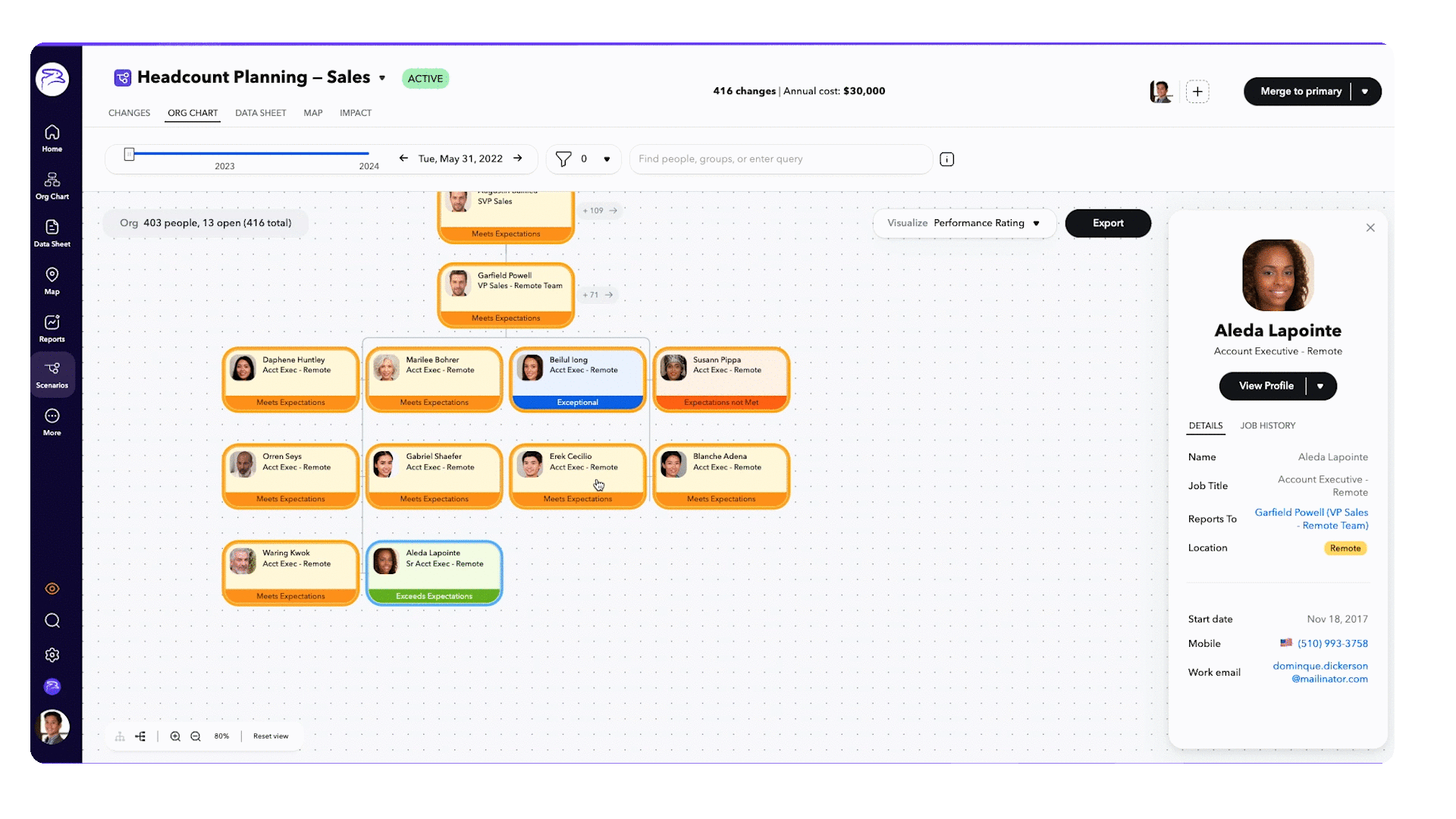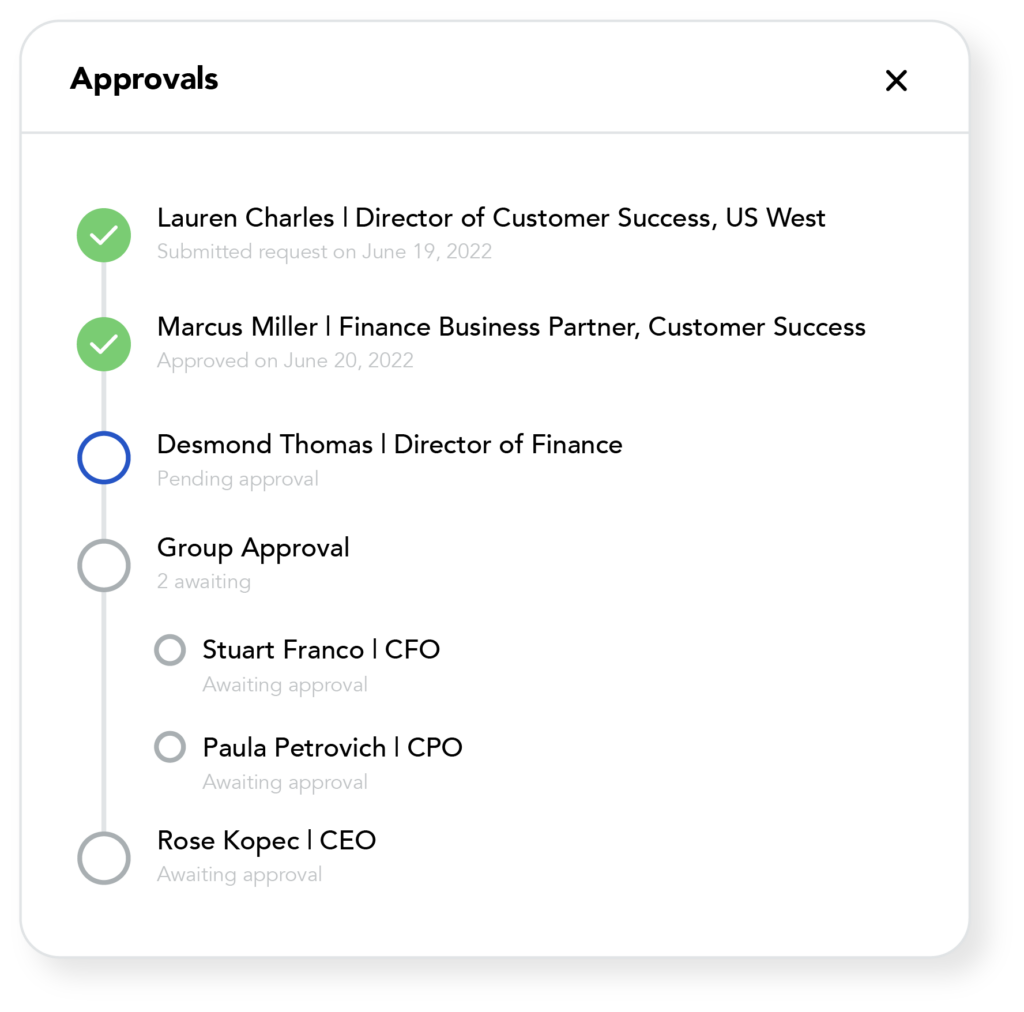
Curated Spotify playlists. Personalized car settings. “Because you watched” Netflix recommendations. Needless to say, we’ve entered a Burger King era: We want everything our way.
Sure, customized experiences are the way of the future, but there’s still traces of a one-size-fits-all mentality in some larger, more enduring (and slower-to-change) institutions. It’s here we find many organization’s headcount plans – specifically, having a universal approach to hiring plans instead of looking at each department’s individual needs.
That’s an issue, especially when 73% of leaders admit that poor workforce planning led to missed goals and objectives. In other words, you want to get your headcount strategies right when it comes to hiring for departmental needs.
Not sure where to begin? Here’s three steps to build customized, strategic hiring plans for your teams.
We know it’s a lot easier to come up with a general headcount plan and implement it across the board. But, as the TV show Lost taught us, “The easiest way isn’t always the best.”
You’ll therefore want to create a solid foundation for each department’s hiring plan so you can make informed decisions. The first step is determining the stage of your departments, which in turn helps you hone in on specific hiring strategies.
So let’s take a look at the possible stages of a department: start-up, growth, and maturity.

In this hiring plan example, the sales department is at the growth stage and is creating headcount scenarios for new and internal candidates.
It’s no secret that managers make-or-break the employee experience. And that makes total sense, as managers play an instrumental role in the day-to-day life of their department or team. Besides conducting 1:1s, they are often responsible, at least in part, for employee onboarding, reviews, and promotions.
So if you’re implementing a continuous and contextual performance management strategy (i.e. frequently meeting with direct reports and analyzing your people data), who better to advise headcount plans than managers?
Specifically, managers should:
The above is all well in theory, but unfortunately, collaborative efforts for hiring strategies become messy when you’re working off various spreadsheets and different sets of data. That’s why it’s recommended that all stakeholders work within one dashboard, like those found in a people operations platform. When everyone has a real-time view of teams, job data, and built-out scenarios, approvals are faster and headcount plans are more strategic.

Configurable approval workflows within your people operations platform allow managers to submit headcount planning scenarios for approval.
Companies – especially start-ups or those in the SaaS world – love shooting for the moon. And that’s great…but only if it doesn’t cloud your judgment when it comes to making decisions.
Since an organization’s goals and initiatives directly affect its departments, these impacts can roll over to hiring needs and requirements. Therefore, what you choose to prioritize dictates not only which departments’ headcount plans come to fruition, but also dictate which teams receive extra focus, resources, and budget.
Let’s say, for example, that a software company commits to an ambitious product road map that promises a major release each quarter. In order to hit those goals, the company must bring on additional developers. As a result, the engineering department would receive a larger budget and headcount plan.
Yet hiring is not just a numbers or quota game; increasing the size of a department requires intentional planning. Hiring managers must identify what skills are needed, where new hires will fit in the overall structure of the department, and which manager new hires will report to.
It’s also important to recognize how staffing one department can affect other departments in the organization. If the hypothetical software company achieves its development hiring goals, and therefore delivers quarterly releases to their customers, they should plan on an uptick in customers reaching out for assistance with those features. Sales could also see an increase in leads if new features are must-haves or key differentiators among competitors.
Therefore, for accurate and strategic headcount plans, you’ll need to analyze company goals and anticipate the effects on departments across your organization.
If you want to help ensure your headcount plans are strategic and accurate, dig into your departmental data. Specifically, you need to determine the stage of your teams, consider manager input, and analyze how company goals affect each department.
By considering these factors, a department can create a headcount plan that ensures that it has the necessary resources to meet its goals and objectives, while also being mindful of budget constraints and workflow. Ultimately, creating strategic headcount plans for each department will not only lead to success for each team, but create a positive impact for your organization as a whole.
Sign up for a free demo today.